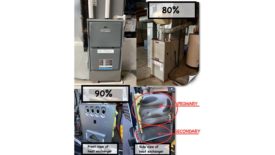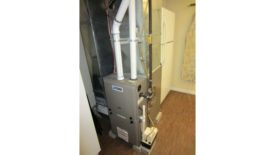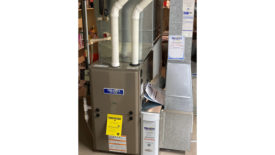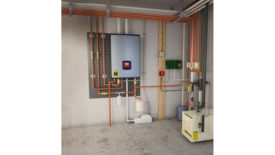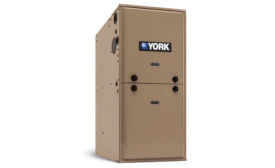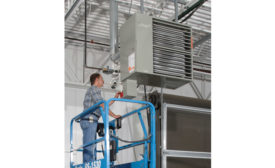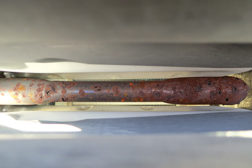Home » Keywords: » high-efficiency furnace
Items Tagged with 'high-efficiency furnace'
ARTICLES
How a Condensing Gas Furnace Works
Home modifications necessary for conversions will add to costs
Read More
Mandating High-Efficiency Furnaces Will Limit Consumer Choice, Critics in HVAC Industry Say
Furnace Rule ‘Doesn’t Pencil Out’
Read More
Three Ways Contractors Can Make High-End Furnaces ‘Sell Themselves’
With a 28% rise in natural gas prices predicted, homeowners are primed to realize the value of high-efficiency HVAC
Read More
Neutralizing Condensate Essential for High-Efficiency Condensing Systems
Process eliminates harmful side effects of corrosive runoff
Read More
High-efficiency Furnaces Remain in High Demand
Manufacturers strive to create systems that save energy, provide better comfort
Read More
Variations in HVAC Venting: The Rigors of Making the Right Choice
An in-depth examination of PVC, CPVC, and polypropylene venting options
Read More
Condensing Furnaces Require Special Care
Sophisticated Systems Require More Comprehensive, Consistent Maintenance
Read More
Copyright ©2024. All Rights Reserved BNP Media.
Design, CMS, Hosting & Web Development :: ePublishing


